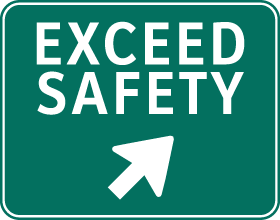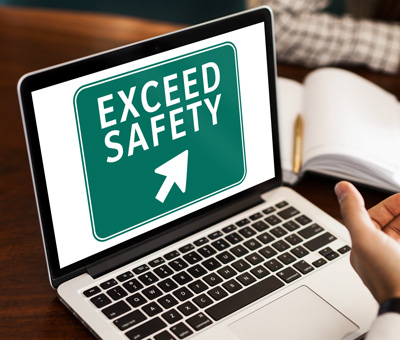With a new administration about to take office in Washington D.C., businesses are watching closely to see how workplace safety regulations might shift. Changes in administration often bring updates to OSHA standards, labor laws, and compliance requirements. Whether you’re in manufacturing, construction, or managing a remote team, staying ahead of these changes is key to keeping employees safe—and your business running smoothly.
Let’s break down what might be coming and what you can do to prepare.
What’s on the Horizon?
- Deregulation May Shift the Responsibility to Employers.
- Previously, the administration rolled back several OSHA regulations to cut down on what they called “red tape.” For example, they repealed a rule that required detailed injury recordkeeping for five years, reducing administrative burdens for businesses but raising concerns about underreporting.
- If this trend continues, fewer regulations could mean more flexibility for employers, but it also puts more responsibility on companies to maintain rigorous safety standards independently.
- Growth in Manufacturing and Infrastructure Could Heighten Safety Risks.
- With a renewed focus on “American-made” products and large-scale infrastructure projects, industries like construction and manufacturing are likely to ramp up activity.
- While this creates opportunities for growth, it also increases pressure on timelines and workers—two factors that historically lead to higher injury rates. Businesses in these sectors should prepare for possible updates to industry-specific safety guidelines.
- Remote Work: Addressing Safety Beyond the Jobsite.
- Remote work isn’t going away, and while it may not seem like a traditional safety concern, it comes with unique risks: poor ergonomic setups, increased screen time, and mental health challenges, to name a few.
- Even though there aren’t federal remote work safety standards yet, forward-thinking employers are already addressing these risks. Offering stipends for ergonomic equipment, conducting regular cybersecurity training, and providing mental health support can make a big difference.
What You Can Do Right Now
- Stay Ahead of Policy Changes.
Don’t wait for new rules to catch you off guard. Monitor OSHA updates and industry trends, and consider working with safety consultants to ensure you’re compliant with any new regulations. - Double Down on Internal Safety Culture.
Regulations may shift, but one thing remains constant: safety starts with you. Conduct regular training, perform safety audits, and encourage employees to speak up about potential hazards. - Support Employee Well-being.
Safety isn’t just about physical risks—it’s about mental health, too. Offer Employee Assistance Programs, schedule stress management workshops, or simply create an open-door policy for employees to voice concerns. Showing you care about their well-being builds trust and loyalty.
Political changes can affect workplace safety, but they don’t have to throw you off course. Whether the new administration tightens or relaxes safety requirements, focusing on your internal safety culture and employee well-being will keep your workplace prepared and resilient.
Not sure where to start? Exceed Safety is here to help. We’ll work with you to build or improve your safety programs, so you’re ready for whatever comes next.








